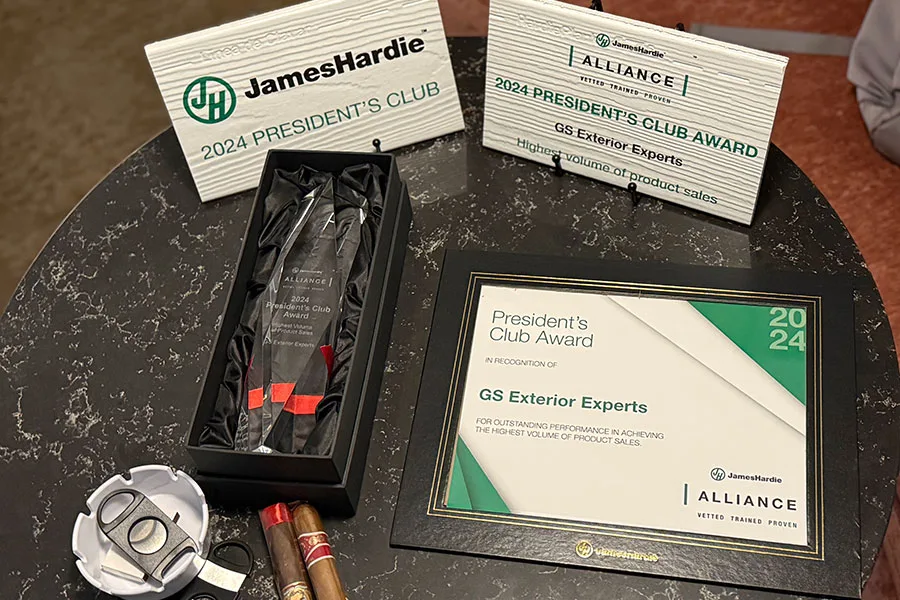A fire can be a devastating thing to live through. It can cause irreparable damage to homes and buildings while burning through decades of memories.
It’s important that you understand what materials and siding options make a fire resistant house. Certain materials are better than others and it’s part of the reason why Hardie Board is such a popular option.
Fiber cement board is a fire resistant material so it can act as a barrier if a house fire breaks out. Continue reading to learn more.
Fireproofing Your Home’s Exterior Using James Hardie Siding Products
From Colorado’s grasslands to its mountains, nearly every part of the state is vulnerable to wildfires. In the wildland-urban interface, those areas where wildland fuels coexist with human development, fires catch and burn easily.
So, if you live in or near Colorado, fireproofing your home needs to be a top priority. James Hardie siding products can help keep your home safe. Here’s how it works.
Degrees of Flame-Spread
It might seem that your home is either fireproof or it isn’t. But the truth is far less clear cut than that.
Actually, there are degrees of fireproofing. In other words, your home may be more or less safe from fires, but not necessarily completely safe or unsafe. One key factor is the degree of flame spread.
The degrees of flame-spread are identified using a I-II-III or an A-B-C classification system. The two systems are equivalent. For building materials, the designations are:
- Class A or I – Flame-spread index of 25 or less
- Class B or II – Flame-spread index of 26-75
- Class C or III – Flame-spread index of 76-200
The main thing to remember about these systems is that Class A or I materials are the safest, while Class C or III allows flames to spread the most and the fastest.
Your Home’s Structural Integrity
Structural integrity is the likelihood of whether or not your home will ignite during a wildfire. There are many factors that can impact this with your siding being one of them.
The reason that Hardie Board is one of the most fire resistant home sidings is because it’s made using cellulose fibers, cement, and sand. This produces a non-combustible material meaning it will not spread fire.
In the event of a wildfire, the fire resistant siding will act as a barrier to protect everything inside for as long as possible.
Hourly Ratings
Hourly ratings have been developed to test building materials for combustibility. The time factor is how long the building material can withstand heat from a fire without allowing the structure to catch fire. Remember that what matters in these ratings is not whether the surface ignites but whether the surface gets so hot that it conducts enough heat to ignite the materials on the other side of it.
How James Hardie Siding Products Stack Up
James Hardie fiber cement siding panels are considered masonry products. So, they have all the same attributes as stone, brick, and stucco, including fire-resistance. Flame-spread is not a problem with James Hardie siding, because it’s made primarily of cement.
As for flame-spread, James Hardie siding has an index of 0, meaning that it won’t allow the fire to spread directly.
It is important to understand that while Hardie Board is a fire resistant house siding, it will not stop heat from conducting to the interior. You need to make sure to combine this siding with a fire-resistant wall assembly.
The Hardie board fire rating itself is not 1-hour fire rated. However it can qualify for use in certain 1-hour fire rated assemblies.
Hardie Backer board is another product used as an underlayment for tile and stone installations. It provides a strong surface to prevent cracks and damage to the finished surface. Since it’s made of the same materials, we recommend Hardie Backer board for fire resistance.
James Hardie’s Wall Assembly
James Hardie siding can be combined with their HardieWrap weather barrier and rigid foam insulation to create an exterior wall system that holds up to heat even better. It not only doesn’t catch fire, but it also doesn’t transfer the heat easily to the interior materials.
In this assembly, James Hardie siding is flame resistant and non-combustible. Compare this to vinyl siding, which melts and burns easily.
Adequately fireproofing your home is not an easy matter to understand. That’s why it makes sense to consult with a Colorado-area exteriors expert when deciding which products are best for siding your home. We recommend Hardie Board fire resistant siding to our customers.
To learn more, contact GS Exterior Experts by calling (720) 683-6288 or using our convenient Contact Us form. We are a Colorado home improvement company dedicated to bringing you the best in home construction products and installations. Request a siding estimate today!








